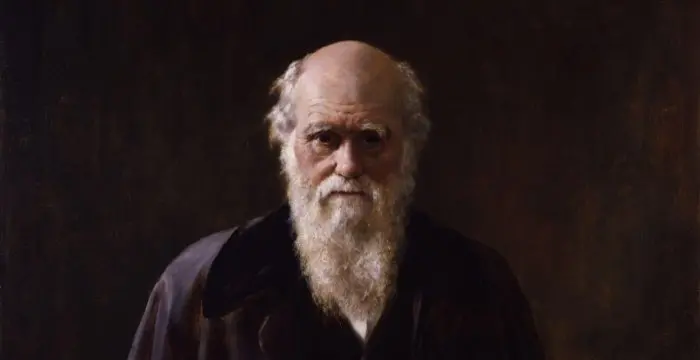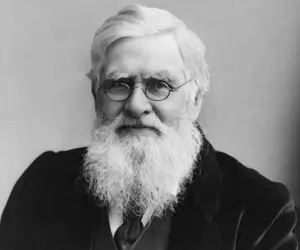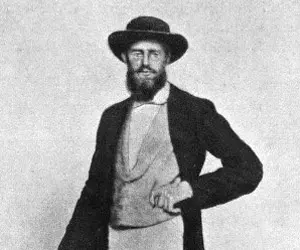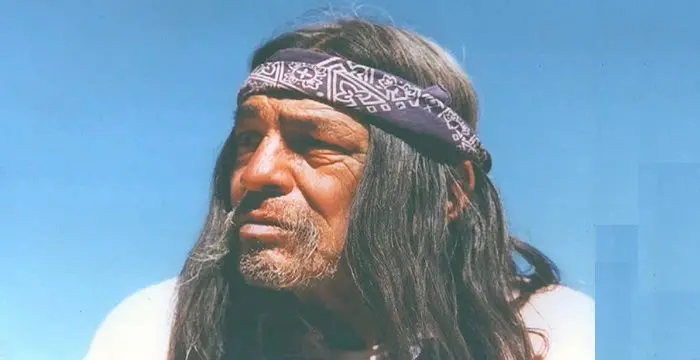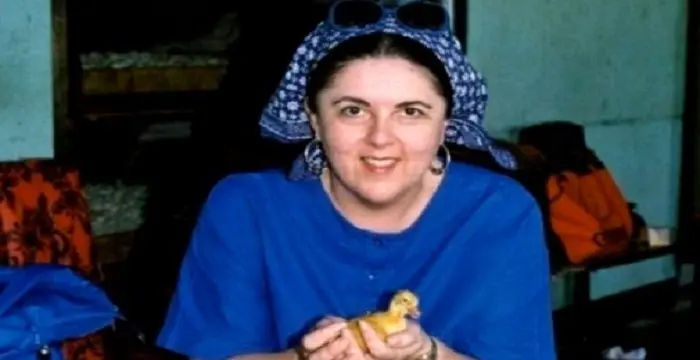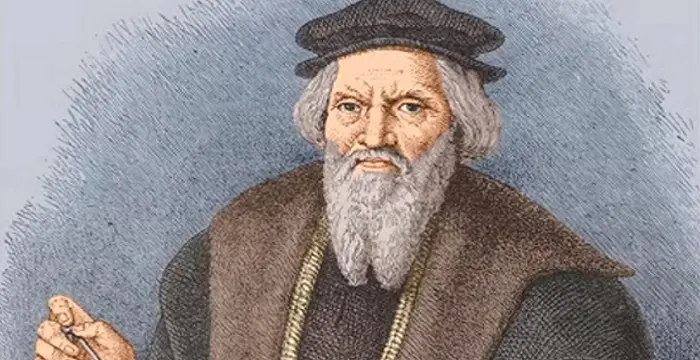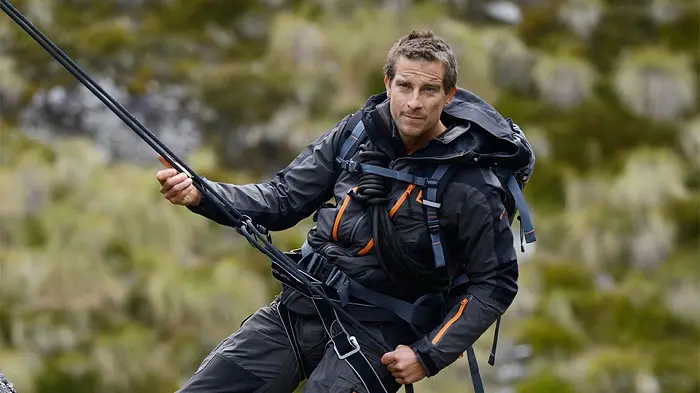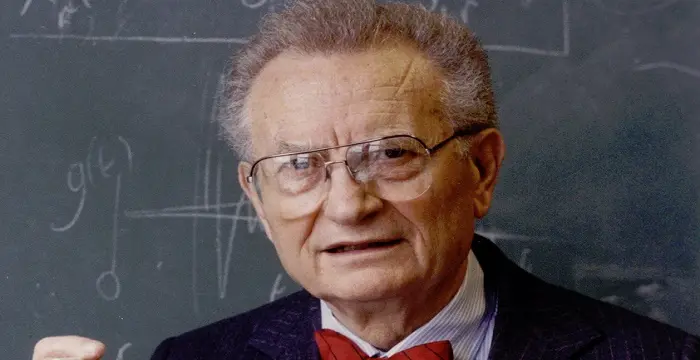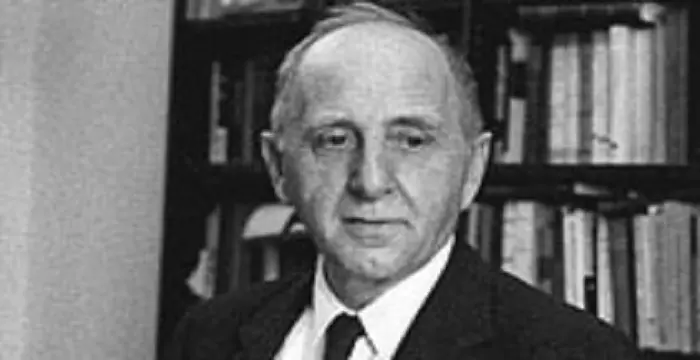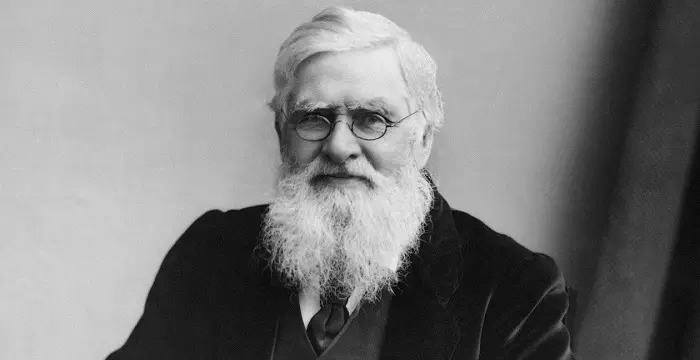
Alfred Russel Wallace - Naturalist, Timeline and Facts
Alfred Russel Wallace's Personal Details
Alfred Russel Wallace was a British scientist and explorer, best known for discovering the concept of evolution by natural selection
| Information | Detail |
|---|---|
| Birthday | January 8, 1823 |
| Died on | November 7, 1913 |
| Nationality | British |
| Famous | Intellectuals & Academics, Geographers, Anthropologists, Biologists, Explorers, Naturalist |
| Spouses | Annie Mitten |
| Siblings | John, William |
| Childrens | Herbert, Violet, William |
| Universities |
|
| Discoveries / Inventions |
|
| Birth Place | Llanbadoc |
| Gender | Male |
| Father | Thomas Vere Wallace |
| Mother | Mary Anne Greenell |
| Sun Sign | Capricorn |
| Born in | Llanbadoc |
| Famous as | Naturalist, Explorer, Geographer, Anthropologist and Biologist |
| Died at Age | 90 |
// Famous Naturalist
Charles Darwin
Charles Darwin was one of the most influential figures in human history. Go through this biography to get details about his life, profile and timeline.
John Muir
John Muir was a famous American naturalist, author and an advocate of wildlife preservation. This biography offers detailed information about his childhood, life, works, achievements and timeline.
David Attenborough
Sir David Attenborough is an English broadcaster and naturalist. This biography offers detailed information about his childhood, life, works, achievements, trivia and timeline.
Alfred Russel Wallace's photo
Who is Alfred Russel Wallace?
Alfred Russel Wallace was a British scientist, anthropologist, biologist and explorer, best known for discovering the concept of evolution by natural selection. He was also a pioneer in the field of biogeography, contributing significantly to the study of geographical distribution of various animal species. Despite being so richly knowledgeable about nature and its phenomena, his life was a constant financial struggle. It was quite late in his life, when one of his closest friends, Charles Darwin, helped him acquire a regular source of income in the form of a small government pension, in return for his lifetime of scientific contributions. His prominent works involved the groundbreaking discovery of the evolutionary theory through natural selection and extensive fieldwork for collecting specimens in the Amazon River basin and then in the Malay Archipelago. Apart from his exceptional scientific works, he also got involved in social activism, raising his voice against the unjust social and economic system in 19th-century Britain. He was also a prolific author and one of the first scientists to raise concerns over the environmental impact of human activity. But, he is most remembered as a natural explorer and a curious scientist who independently revolutionized the concept of evolution through his keen interest in natural history.
// Famous Anthropologists
Carlos Castaneda
Carlos Castaneda was an American author who penned ‘The Teachings of Dan Juan’. This biography gives detailed information about his childhood, life, works and timeline.
Ann Dunham
Ann Dunham was an American anthropologist and played a major role in the rural development of Indonesia. This biography profiles her childhood, family, personal life, career, etc.
Paul Farmer
Paul Farmer is an anthropologist and physician who co-founded the health organization - Partners In Health (PIH). This biography of Paul Farmer provides detailed information about his childhood, life, achievements, works & timeline.
Childhood & Early Life
He was born on January 8, 1823 in Kensington Cottage near Usk, Monmouthshire, England, to Thomas Vere Wallace and Mary Ann Wallace. He was one among the nine children of his parents.
In 1828, his family moved to Hertford where he received his early education from the Hertford Grammar School for the next six years.
His father inherited some income-generating property but he wasted most of it on a series of poor business decisions. Alfred was ultimately forced to leave school in 1836 as a result of deteriorating financial condition of his family.
He was sent to London to work with his older brother, John, an apprentice builder. While in London, he attended lectures and read books at the London Mechanics Institute, working on his self-education.
Career
In 1837, he went to work as an apprentice for his eldest brother, William. Their business eventually settled at Neath in Glamorgan in Wales in 1839–40 but after few years, due to harsh economic conditions, the business weakened and Alfred left the job at his brother’s firm.
Later, he found a teaching work at the Collegiate School in Leicester. While working as a teacher, he met an entomologist, Henry Walter Bates, who persuaded him to collect insects for research purposes. In 1845, William died and he resigned from his teaching job to assume control of his brother's firm along with his brother, John.
The business eventually failed and he found work at a firm as a civil engineer. His work mostly involved spending a lot of time in the countryside which permitted him to collect insects, his newly formed passion.
Along with his brother John, he started his own architecture firm and worked on several projects including the Neath Mechanics' Institute, founded in 1843. He was persuaded by the founder of institute to deliver lectures on science and engineering in the institute.
In 1848, he and Bates started their journey to Brazil in search of insects and other animal specimens in the Amazon rainforest. Their plan was to bring them to United Kingdom and sell them to collectors.
After four years of successful expedition and with a wide collection of specimens, on his way back to UK in 1852, the ship’s cargo caught fire and most of the gatherings and precious items were lost. The crew was rescued but he only managed to save a part of his diary and a few sketches from his voyage.
Upon his return, he spent several months living on the insurance money for his lost belongings. He also wrote some books and papers from his experiences of the expedition and made connections with other naturalists such as Charles Darwin.
From 1854 to 1862, he started another voyage through the Malay Archipelago or East Indies to study natural history and collect other specimens.
While on his exploration, he developed his famous insight on theory of evolution through natural selection. In 1858, an article on his insights was published along with a description of the famous Darwin’s theory.
Upon his return to the UK, he became interested in social activism along with his scientific pursuits, and entered the debates over trade policy and land reform. He also wrote articles on other social and political topics such as women's suffrage, and the dangers and wastefulness of militarism.
In his later years, he met many other prominent American naturalists and viewed their collections. He carried out his further scientific work on Darwinism along with giving lectures on biogeography, spiritualism, and socio-economic reforms.
Major Works
His most prominent work was conceiving the ‘theory of evolution through natural selection’. It is one of the most celebrated works in the history of evolution.
He also performed pioneering works in biogeography and became a leading expert on the geographical distribution of animal species.
‘The Malay Archipelago’, an account of his studies and adventures, published in 1869, became one of the most popular books of scientific exploration of the 19th century.
One of his notable works was the ‘Wallace Effect’, a hypothesis on how natural selection could contribute to speciation by encouraging the development of barriers against hybridization.
Awards & Achievements
In 1868, he was honored with the Royal Medal by the Royal Society for his efforts in “practical and theoretical zoology".
In 1892, he received the Royal Geographical Society's Founder's Medal as well as the Linnean Society's Gold Medal.
He was awarded the Copley Medal in 1908. The same year he also became the recipient of the ‘Order of Merit’.
He was also conferred honorary doctorates from the Universities of Dublin (1882) and Oxford (1889).
Personal Life & Legacy
In 1866, he married Annie Mitten, daughter of William Mitten, an expert on mosses. They were blessed with three children: Herbert, Violet and William.
In subsequent years, he made some bad investments in railways and mines which resulted in a financial crisis for him and his family. It was only after the efforts of his friends, especially Darwin, that he was awarded a £200 annual pension in 1881, which stabilized his financial condition.
He died on November 7, 1913 at his home in Broadstone, Dorset, England, at the age of 90. He was buried in the small cemetery at Broadstone, Dorset.
// Famous Explorers
John Cabot
John Cabot was an Italian navigator and explorer who was the first European to discover the coast of North America. Check out this biography to know about his childhood, life, and achievements.
Marco Polo
Marco Polo was the legendary Italian merchant, explorer and traveler, who travelled to China and worked under emperor, Kublai Khan. Read this biography to learn more about his profile, childhood, life and timeline.
Bear Grylls
Bear Grylls is an adventurer popularly known for his bizarre survival tactics in reality television series Man vs. Wild. This biography provides detailed information about his childhood, profile, career and timeline.
Alfred Russel Wallace biography timelines
- // 8th Jan 1823He was born on January 8, 1823 in Kensington Cottage near Usk, Monmouthshire, England, to Thomas Vere Wallace and Mary Ann Wallace. He was one among the nine children of his parents.
- // 1828In 1828, his family moved to Hertford where he received his early education from the Hertford Grammar School for the next six years.
- // 1836His father inherited some income-generating property but he wasted most of it on a series of poor business decisions. Alfred was ultimately forced to leave school in 1836 as a result of deteriorating financial condition of his family.
- // 1837In 1837, he went to work as an apprentice for his eldest brother, William. Their business eventually settled at Neath in Glamorgan in Wales in 1839–40 but after few years, due to harsh economic conditions, the business weakened and Alfred left the job at his brother’s firm.
- // 1845Later, he found a teaching work at the Collegiate School in Leicester. While working as a teacher, he met an entomologist, Henry Walter Bates, who persuaded him to collect insects for research purposes. In 1845, William died and he resigned from his teaching job to assume control of his brother's firm along with his brother, John.
- // 1848In 1848, he and Bates started their journey to Brazil in search of insects and other animal specimens in the Amazon rainforest. Their plan was to bring them to United Kingdom and sell them to collectors.
- // 1852After four years of successful expedition and with a wide collection of specimens, on his way back to UK in 1852, the ship’s cargo caught fire and most of the gatherings and precious items were lost. The crew was rescued but he only managed to save a part of his diary and a few sketches from his voyage.
- // 1854 To 1862From 1854 to 1862, he started another voyage through the Malay Archipelago or East Indies to study natural history and collect other specimens.
- // 1858While on his exploration, he developed his famous insight on theory of evolution through natural selection. In 1858, an article on his insights was published along with a description of the famous Darwin’s theory.
- // 1866In 1866, he married Annie Mitten, daughter of William Mitten, an expert on mosses. They were blessed with three children: Herbert, Violet and William.
- // 1868In 1868, he was honored with the Royal Medal by the Royal Society for his efforts in “practical and theoretical zoology".
- // 1892In 1892, he received the Royal Geographical Society's Founder's Medal as well as the Linnean Society's Gold Medal.
- // 1908He was awarded the Copley Medal in 1908. The same year he also became the recipient of the ‘Order of Merit’.
- // 7th Nov 1913He died on November 7, 1913 at his home in Broadstone, Dorset, England, at the age of 90. He was buried in the small cemetery at Broadstone, Dorset.
// Famous Intellectuals & Academics
Bertil Gotthard Ohlin
Bertil Gotthard Ohlin was a famous Swedish economist. This biography profiles his childhood, family life & achievements.
Emily Greene Balch
Emily Greene Balch was an American economist, sociologist and pacifist who won the 1946 Nobel Peace Prize. This biography of Emily Greene Balch provides detailed information about her childhood, life, achievements, works & timeline.
Martin Buber
One of the greatest philosophers to have ever walked on earth, Martin Buber contributions to philosophy is a long-standing one. Explore all about his profile, childhood, life and timeline here.
Paul Samuelson
Nobel laureate Paul Anthony Samuelson is referred to as the ‘Father of Modern Economics’. This biography profiles his childhood, life, career, achievements and interesting facts about him.
Lao Tzu (Laozi)
Lao Tzu was a legendary Chinese philosopher who wrote the important “Daodejing”. This biography profiles his childhood, life, career, achievements and timeline.
Simon Kuznets
Simon Kuznets was a noted Russian-American economist, statistician, demographer, and economic historian. Check out this biography to know about his childhood, family life, achievements and other facts related to his life.
Alfred Russel Wallace's FAQ
What is Alfred Russel Wallace birthday?
Alfred Russel Wallace was born at 1823-01-08
When was Alfred Russel Wallace died?
Alfred Russel Wallace was died at 1913-11-07
Where was Alfred Russel Wallace died?
Alfred Russel Wallace was died in Broadstone, Dorset
Which age was Alfred Russel Wallace died?
Alfred Russel Wallace was died at age 90
Where is Alfred Russel Wallace's birth place?
Alfred Russel Wallace was born in Llanbadoc
What is Alfred Russel Wallace nationalities?
Alfred Russel Wallace's nationalities is British
Who is Alfred Russel Wallace spouses?
Alfred Russel Wallace's spouses is Annie Mitten
Who is Alfred Russel Wallace siblings?
Alfred Russel Wallace's siblings is John, William
Who is Alfred Russel Wallace childrens?
Alfred Russel Wallace's childrens is Herbert, Violet, William
What was Alfred Russel Wallace universities?
Alfred Russel Wallace studied at Hertford Grammar School, Hertford
What is Alfred Russel Wallace's inventions/discoveries?
Co-discoverer Of Natural Selection was invented (or discovered) by Alfred Russel Wallace
Who is Alfred Russel Wallace's father?
Alfred Russel Wallace's father is Thomas Vere Wallace
Who is Alfred Russel Wallace's mother?
Alfred Russel Wallace's mother is Mary Anne Greenell
What is Alfred Russel Wallace's sun sign?
Alfred Russel Wallace is Capricorn
How famous is Alfred Russel Wallace?
Alfred Russel Wallace is famouse as Naturalist, Explorer, Geographer, Anthropologist and Biologist
